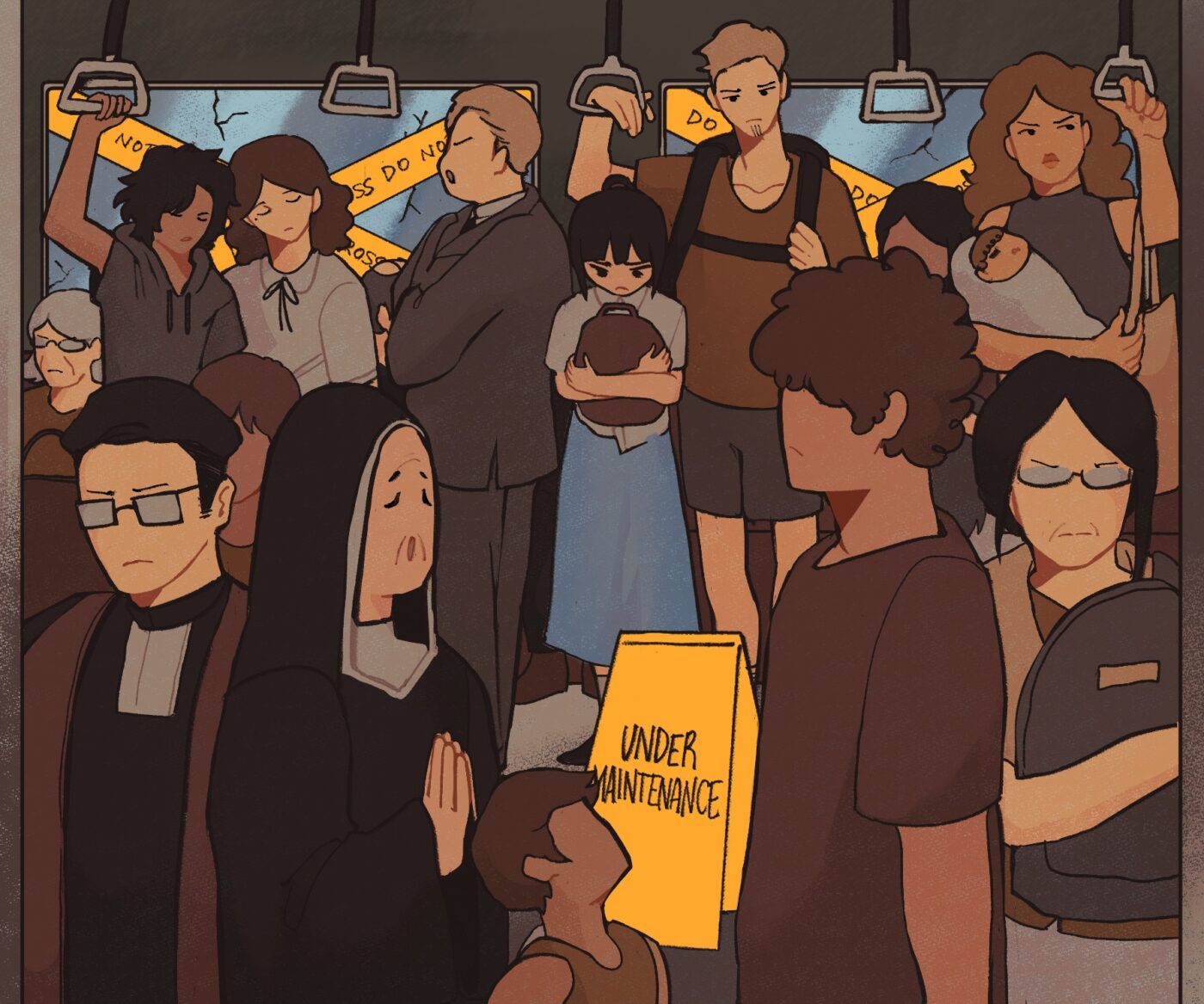AS ICONS of urban life, Metro Manila’s jeepneys, railways, and buses hold not only cultural importance but also practical value for those who rely on the daily commute. As the government shifts away from the traditional jeepney, however, the future of the metro’s public transport sector is put at a crossroads between the interests of the people and the state.
At the time of writing, the Land Transportation Franchising and Regulatory Board (LTFRB) remains committed to the phaseout of traditional jeepneys, the nation’s most popular mode of public transport. According to the Land Transportation Office, the PUVMP targets an efficient and safer commuting experience with GPS tracking and anti-lock braking systems, automated fare collection, and air-conditioning.
However, transport groups foresee the PUVMP causing a “transport disaster.” Despite the LTFRB’s expectations of an 85% consolidation rate by the deadline, the rate is at 76% nationwide and 52% in Metro Manila as of January. Impeding the rise in these rates are the challenges brought by the deficient consultation with transport groups resulting in the inaccessibility and insufficiency of government subsidies. Considering around 140,000 jeepney units and nine million daily commuters in Metro Manila, pushing through with the phaseout without proper coordination with the sector would result in a harrowing transport shortage, exacerbating already existing issues like overcrowding.
Most glaringly, the completion of the PUVMP would triple jeepneys’ current base fare of Php 15, further burdening commuters. The cost of a modern jeepney unit, reaching as much as Php 2.8 million, will likely result in fare hikes as drivers and operators attempt to recover consolidation expenses. Economic think tank IBON Foundation projects that fares may reach up to Php 50 in the next five years.
Recent modernization initiatives have mandated similar overhauls for Metro Manila’s other modes of public transportation. The Metro Rail Line Transit Line 3 (MRT-3), which has been jointly run by private operator Metro Rail Transit Corporation (MRTC) and the Department of Transportation (DOTr) since 2000, is set to be privatized by 2025 when MRTC’s contract expires. In light of the MRT-3’s deteriorating facilities, the DOTr foresees opportunities for rehabilitation, replacement, and expansion. Commuter groups have however cautioned that the MRT-3’s privatization may lead to fare hikes without improved services.
Improvements to the metro’s bus networks were also hastened during the pandemic as the then-deserted Epifaño Delos Santos Avenue (EDSA) gave government agencies a window of opportunity to partition areas for dedicated bus lanes. With the return of road traffic to pre-pandemic levels, however, similar bus network reforms are now a tall order to implement, proving that transport modernization efforts must be timed right if they are to be effective.
The government’s push for the fulfillment of the PUVMP today is but one facet of a larger initiative to overhaul the entire transport sector. However, its hasty approach neglects supposed beneficiaries, posing threats of inaccessibility to public transport on the road ahead.




